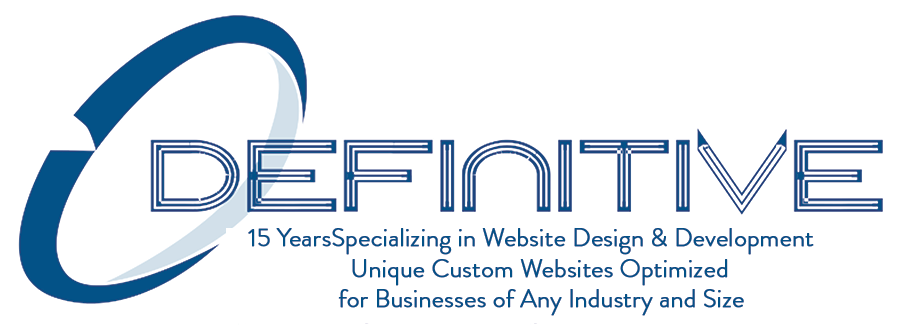 Dr. David O’Day and his team of experts at Charleston Cornea & Refractive Surgery have compiled the following list of frequently asked questions (FAQs) to help address some of the most common concerns about LASIK surgery. Contact us at (843) 856-5275 and schedule a consultation to determine if LASIK is right for you!
Dr. David O’Day and his team of experts at Charleston Cornea & Refractive Surgery have compiled the following list of frequently asked questions (FAQs) to help address some of the most common concerns about LASIK surgery. Contact us at (843) 856-5275 and schedule a consultation to determine if LASIK is right for you!
Q: What are the Risks?
A: More than 10,000,000 Americans have already had LASIK and the number is steadily increasing. Experienced LASIK surgeons report a lower than 1% complication rate. Many ophthalmologists believe the long-term risk of wearing Contact Lenses can exceed the one-time risk of LASIK by a factor as high as 5 times, and the most recent studies, including an Advisory from the FDA, suggest that prolonged wearing of contacts can represent a serious risk to eye health.
Sources: Mathers, W.D. Archives of Ophthalmology, October 2006; vol 124: pp 1510-1511. William Mathers, MD, professor of ophthalmology, Oregon Health & Science University Casey Eye Institute, Portland, OR.
Q: Can I Really Get Rid of My Glasses?
A: By choosing LASIK with Dr. O’Day and advanced technology, the typical person age 18 to 40 will not need prescription Eye Glasses at all. Between ages 40 and 50, a person will likely need reading glasses whether they have had LASIK or not, due to the reduced flexibility of their eyes’ lenses. This condition is called Presbyopia and can be effectively handled through a special LASIK technique known as Monovision, which has given thousands the ability to see both close up and far away. If you are considering LASIK and are using reading glasses, you should ask your LASIK surgeon if Monovision will work for you.
Q: Will LASIK Work for Me?
A: Most people over age 18 who suffer from nearsightedness (Myopia), farsightedness (Hyperopia) or Astigmatism can be helped with LASIK, but a thorough eye exam is the only way to determine if LASIK can achieve your expectations. The exam should include full corneal mapping (topography), Wavefront diagnostic technology, corneal thickness measurement, tear film evaluation, and measurement of your pupil size to ensure that LASIK is right for you. Dr. O’Day will discuss your goals and expectations as well as the risks and benefits of the procedure. You will feel comfortable with your assessment of your anticipated outcome before proceeding.
Q: Will It Hurt? When Can I Return to Work?
A: In the hands of Dr. O’Day, an experienced surgeon, the procedure is virtually – and surprisingly – painless. After a good night’s sleep, most people awaken to the joy of seeing the world clearly without contacts or glasses, often for the first time in years. Most patients are able to return to work within 24-48 hours after their LASIK procedure.
Q: What are Epi-K and LASEK?
A: Procedures such as “Epi-K” and “LASEK” are forms of PRK: a type of vision correction where the laser treatment is done on the surface of the eye, instead of under the protective flap as with LASIK. PRK can be necessary for certain eye conditions where the cornea is too thin to create a protective flap. PRK is a less comfortable procedure than LASIK and can take up to two months to achieve the level of vision that LASIK can deliver in just a day or two but is better, when necessary, than the alternative of forever wearing contact lenses or glasses.
Q: Are All Laser Vision Correction the Same?
A: No. Many of the procedures described in this guide such as PRK, Epi-K and LASEK are all forms of laser vision correction because they all utilize a laser to reshape the cornea. The primary difference is in how the cornea’s surface is prepared for the reshaping procedure. LASIK is the fastest and most comfortable of these procedures when performed by a highly skilled surgeon.
Many of the discount centers want you to believe that all LASIK is the same, that it should be purchased like a commodity, and that surgeon’s involvement throughout the process, the laser technology, diagnostic technology and follow-up care don’t matter. Laser vision correction will affect the way you see for the rest of your life. You should make your decision to have laser vision correction carefully, and not based on who’s offering the best “deal”.
Q: What About Nighttime Side-Effects?
A: You may have heard stories in the past about people having difficulty driving at night after refractive surgery. In the early years of laser vision correction, nighttime side-effects sometimes included halos, starbursts, glare around lights and sometimes blurry vision. These effects usually diminished in the first three months as the eye healed. Today’s advanced laser systems have dealt very authoritatively with these issues. The Bausch & Lomb Technolas flying spot excimer laser allows Dr. O’Day to detect and solve the tiniest aberrations in a personalized pattern, resulting in a much higher percentage of patients achieving 20/20 vision in just one treatment, and a much lower likelihood of night vision problems.
Q: What If I Blink or Move During the Procedure?
A: Sometimes patients worry that they will affect the surgery by nervous or uncontrollable twitches or jumps of their eyes, called saccadic eye movements. The ‘flying spot’ lasers used by Charleston Cornea and Refractive Surgery in LASIK are married to an ultra high speed eye tracking system with a response time of milliseconds – much faster than your eye can move. This eye tracker completely neutralizes these eye movements to assure a quality treatment and increased patient safety.
If you are looking for a safe, effective way to address your vision concerns under the care of compassionate and knowledgeable professionals, consider coming to Charleston Cornea & Refractive Surgery. The centers are conveniently located in Mount Pleasant, North Charleston, and Myrtle Beach SC. Whether you are curious about solutions such as LASIK, or have other vision concerns we can help. Call us at (843) 856-5275 for more information.

